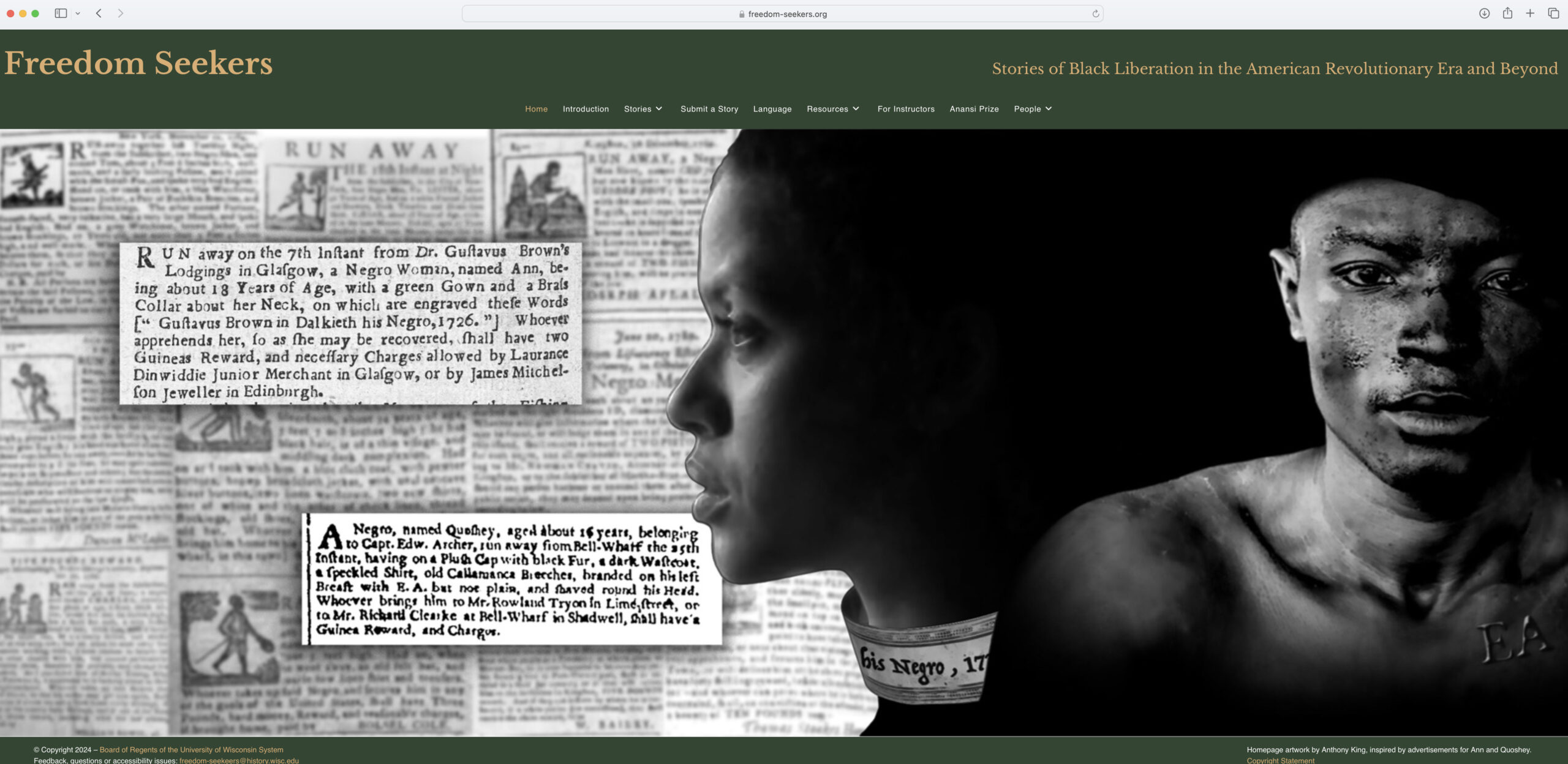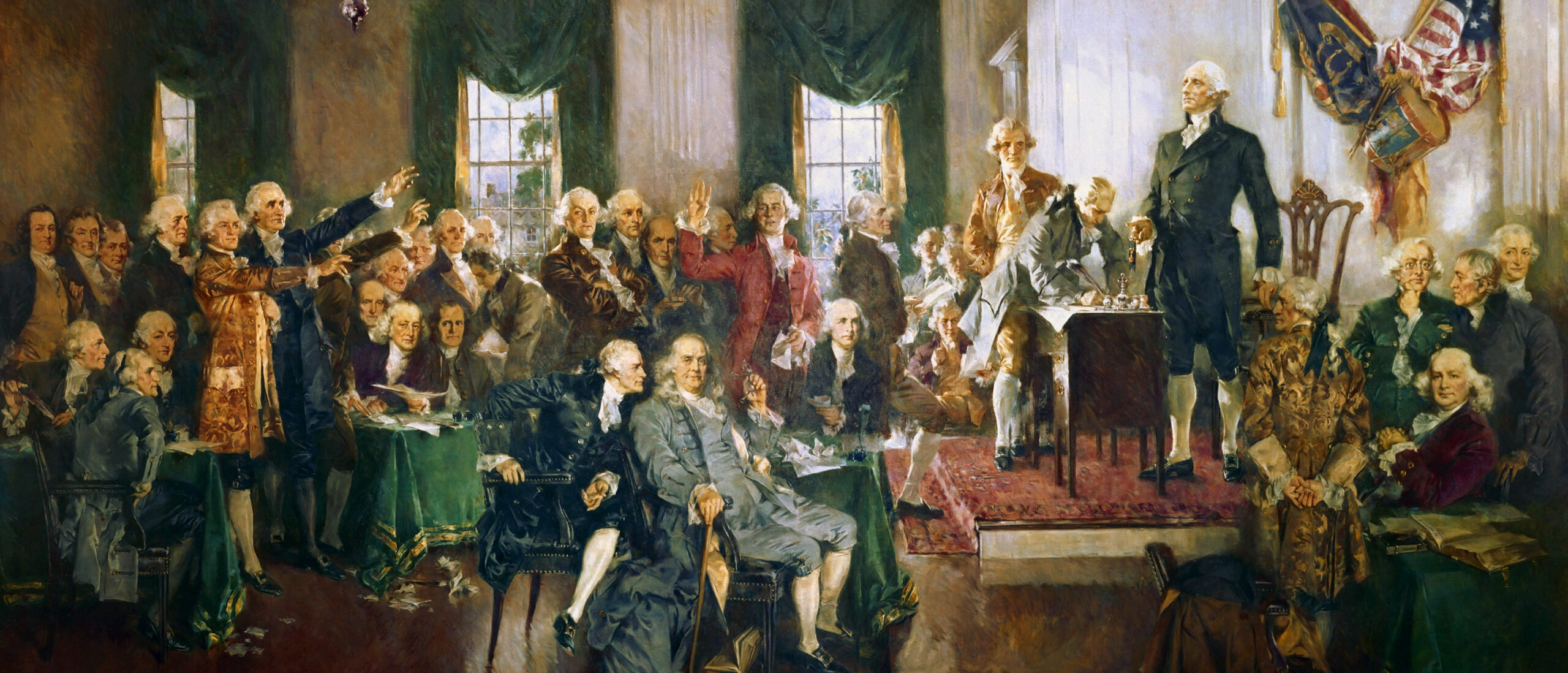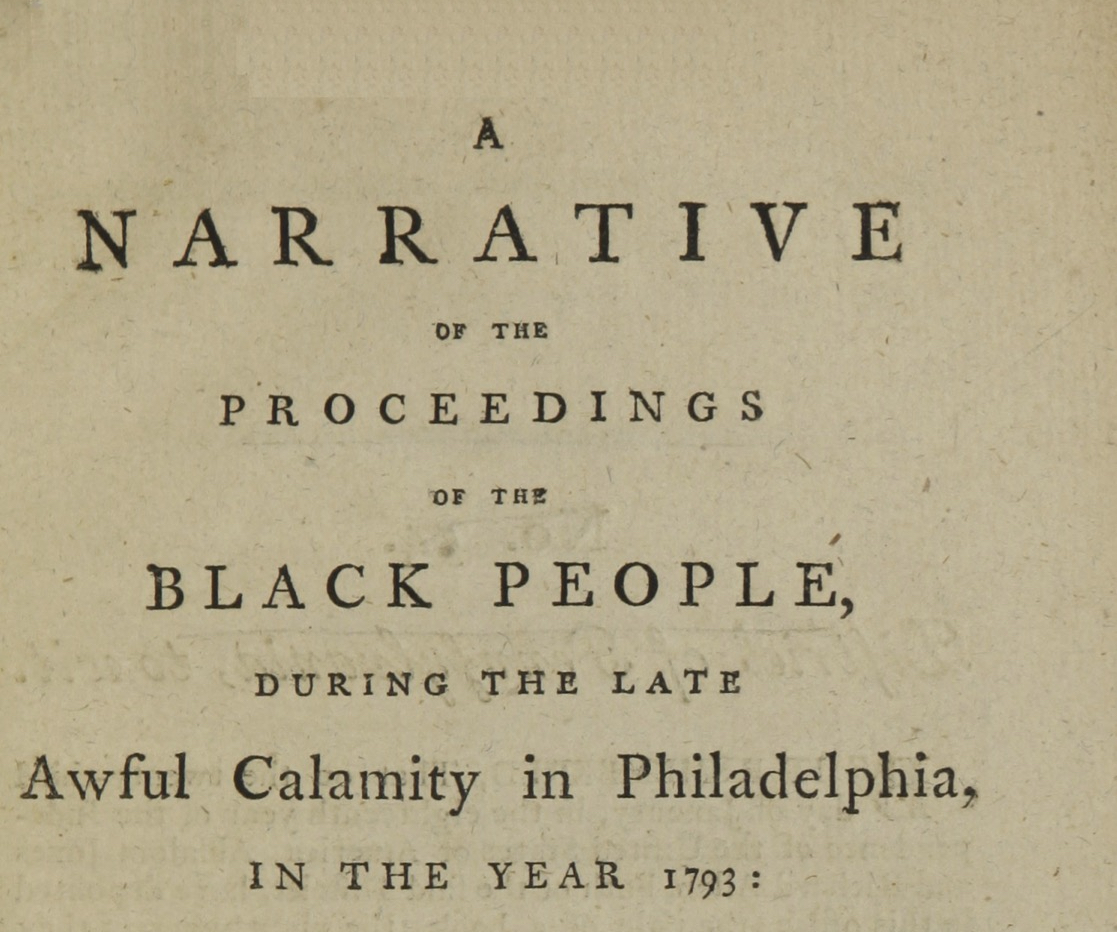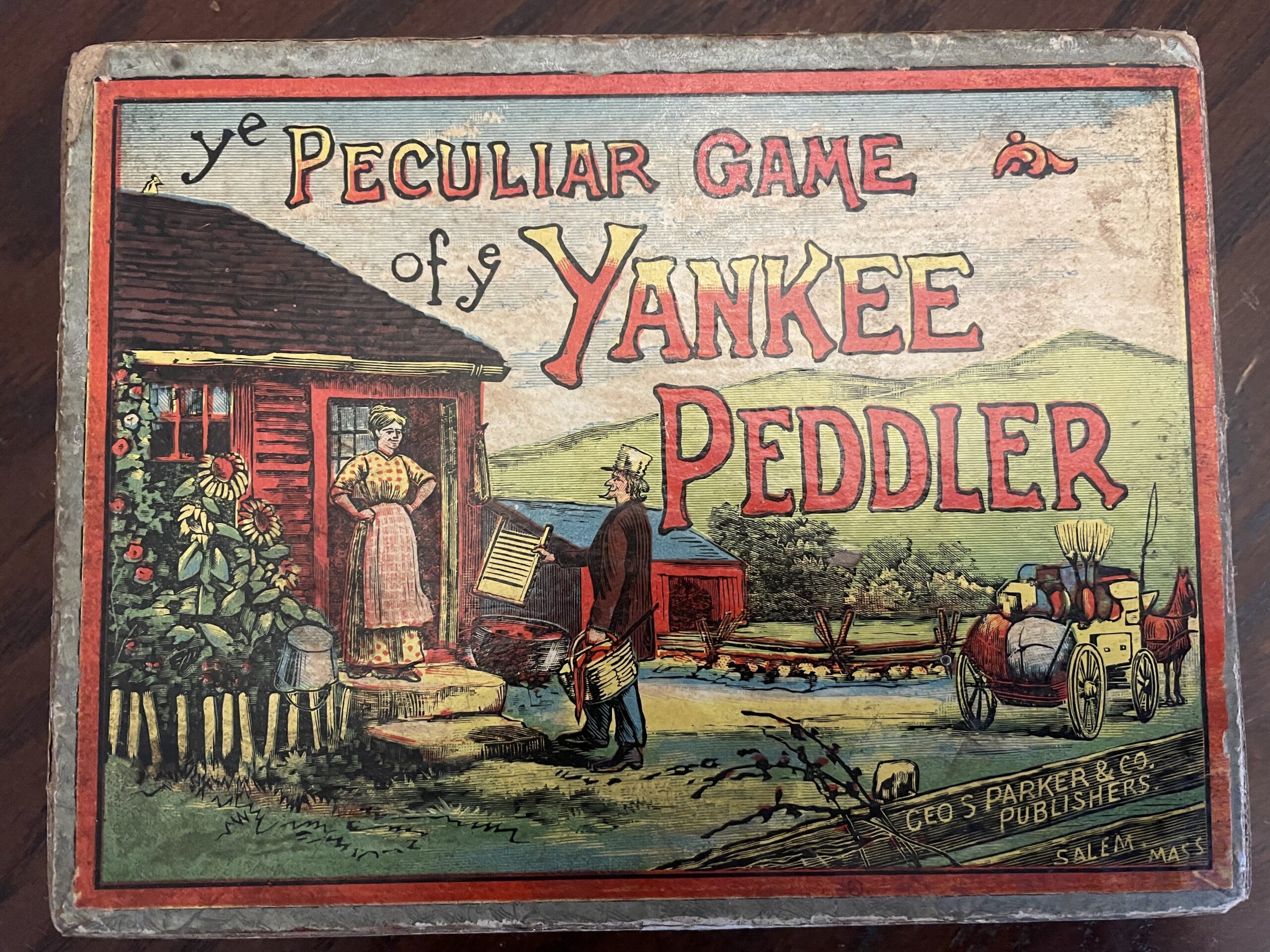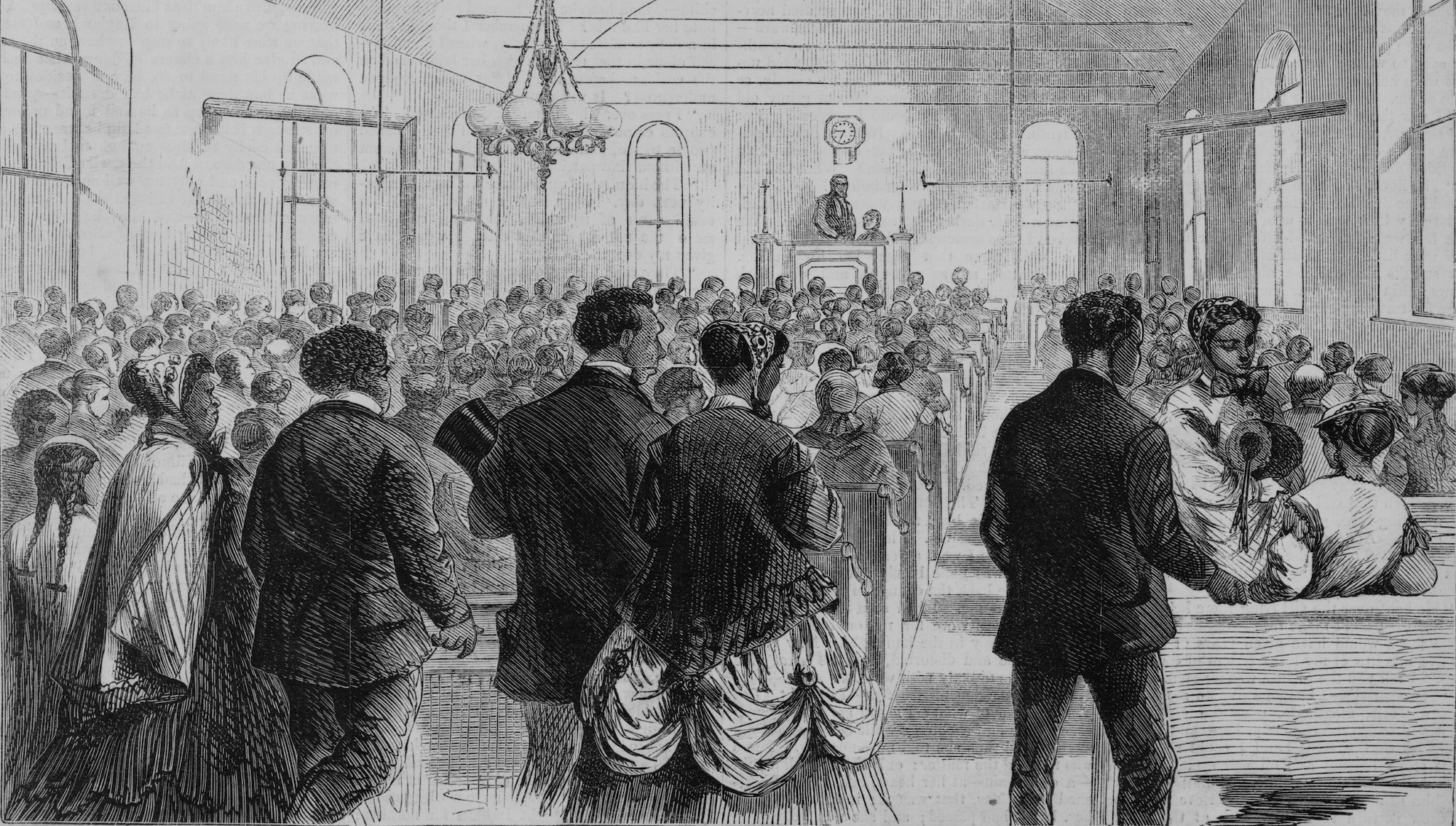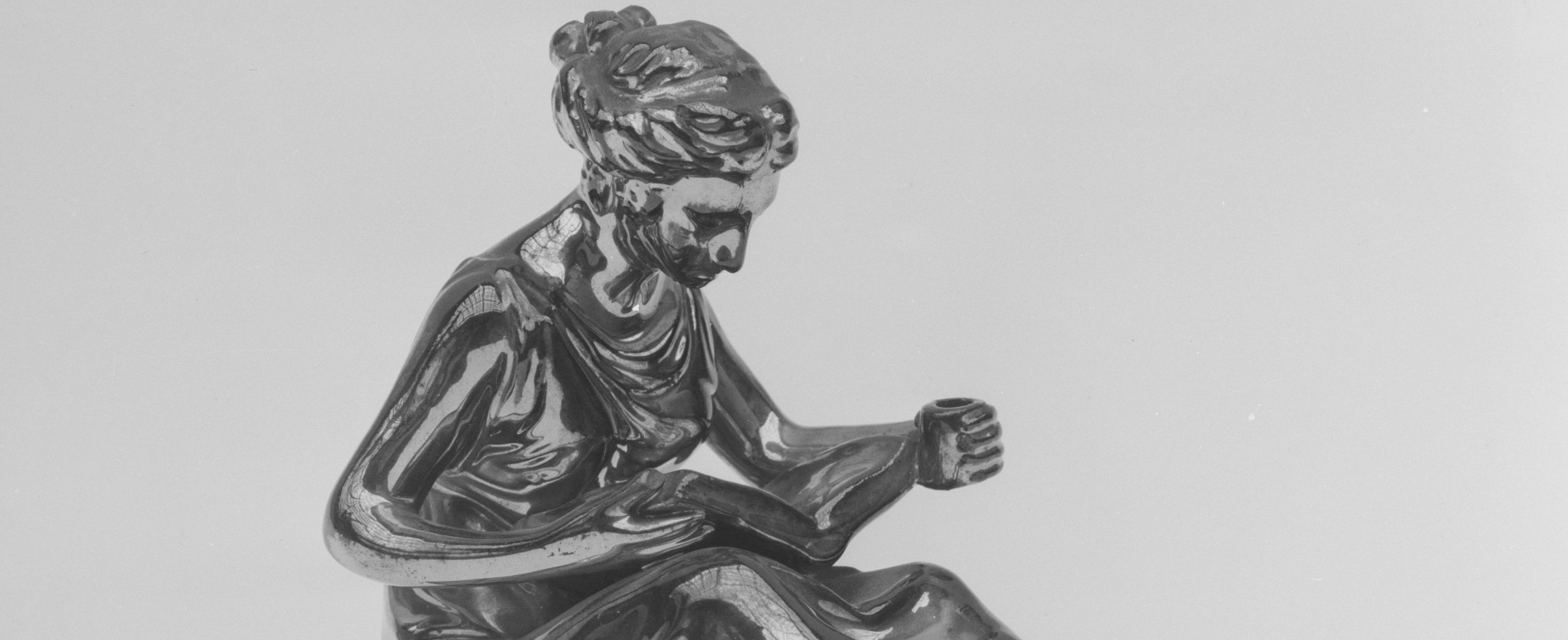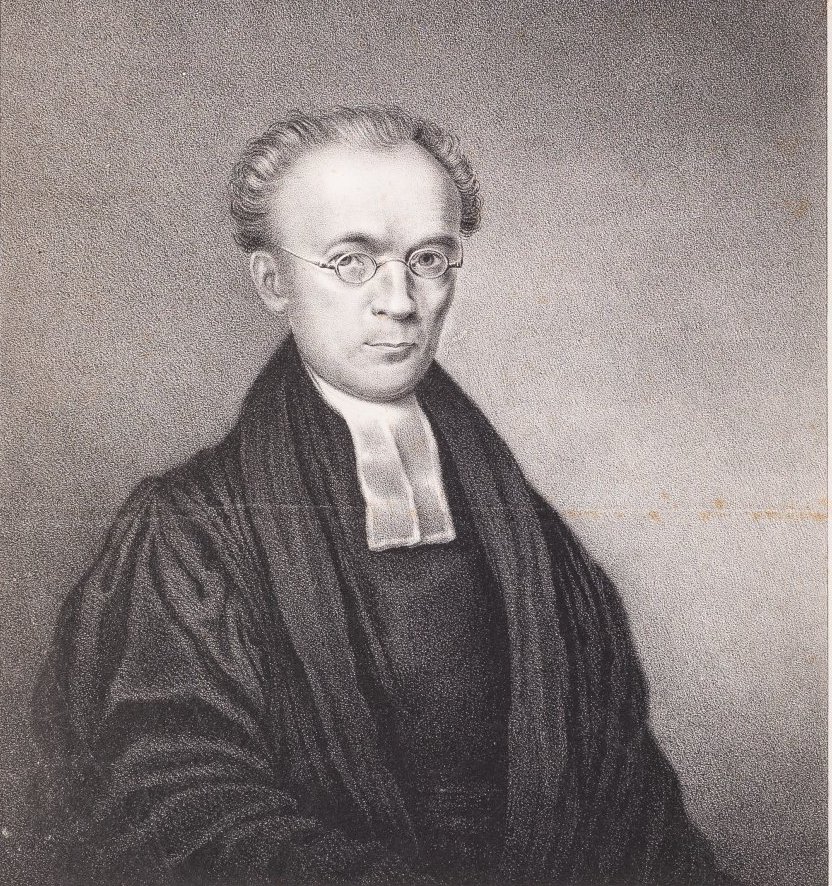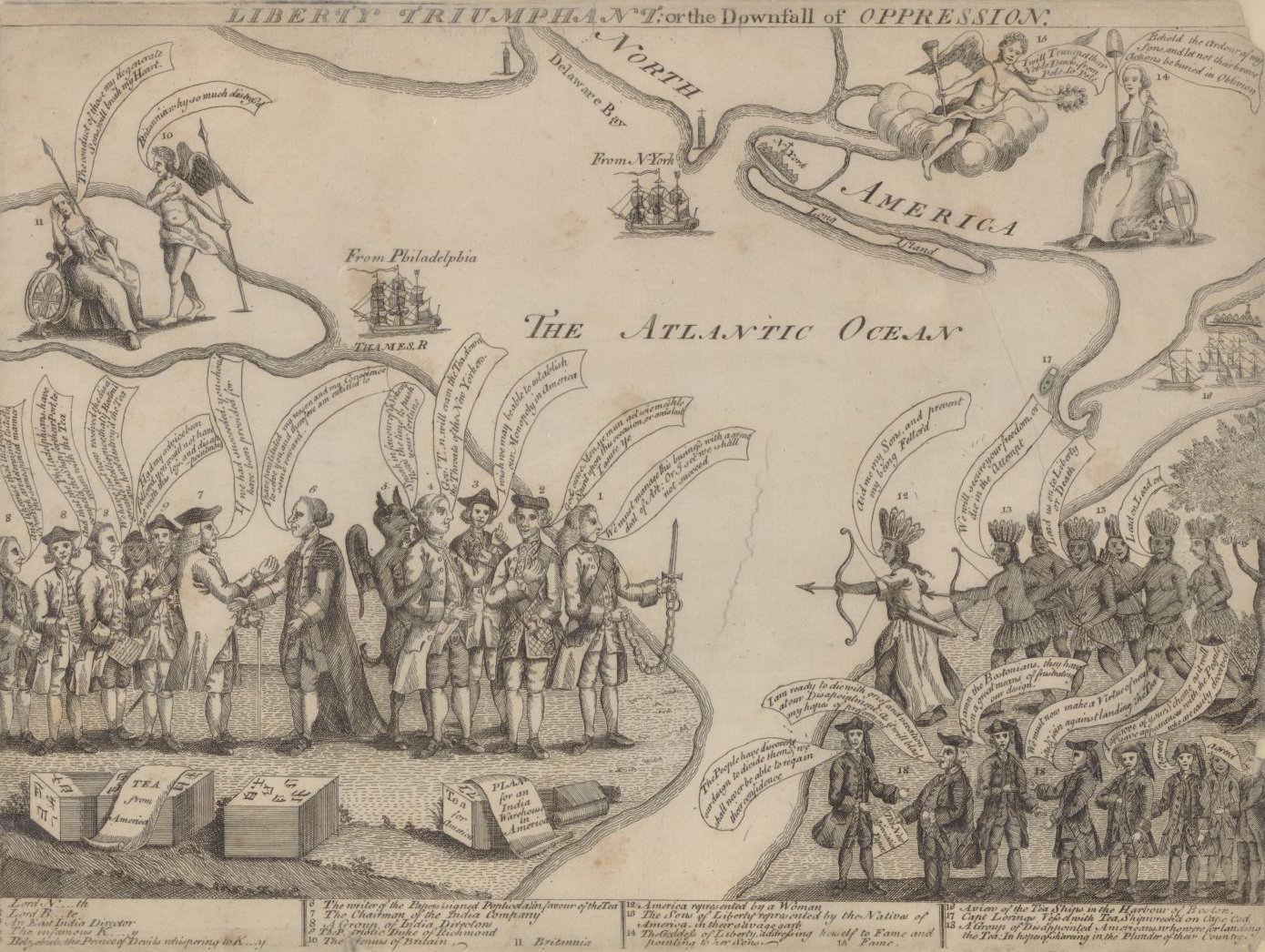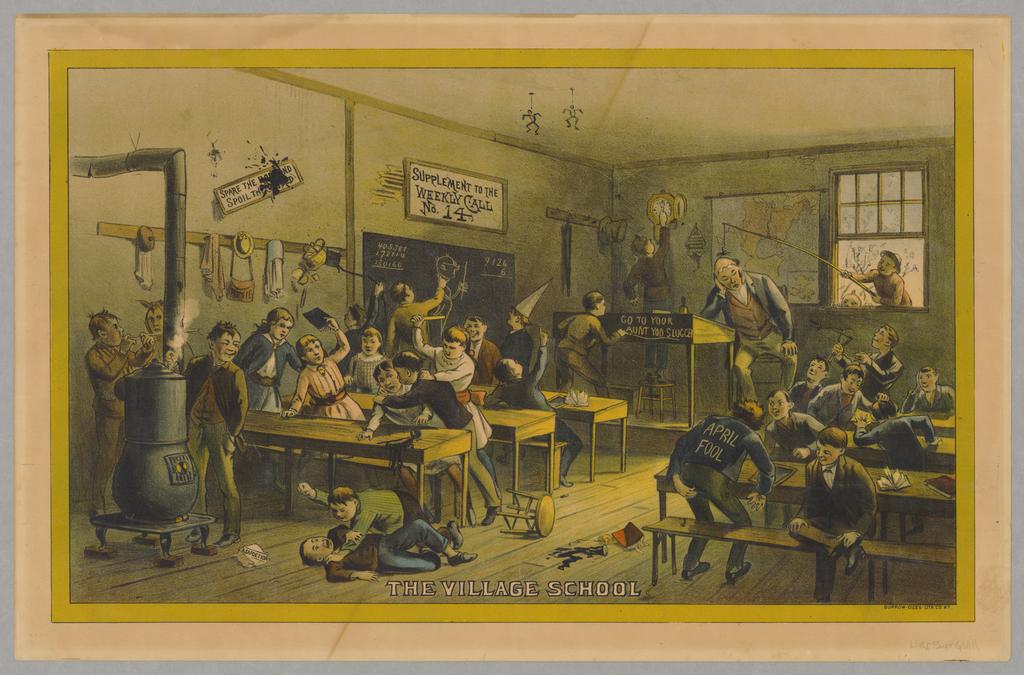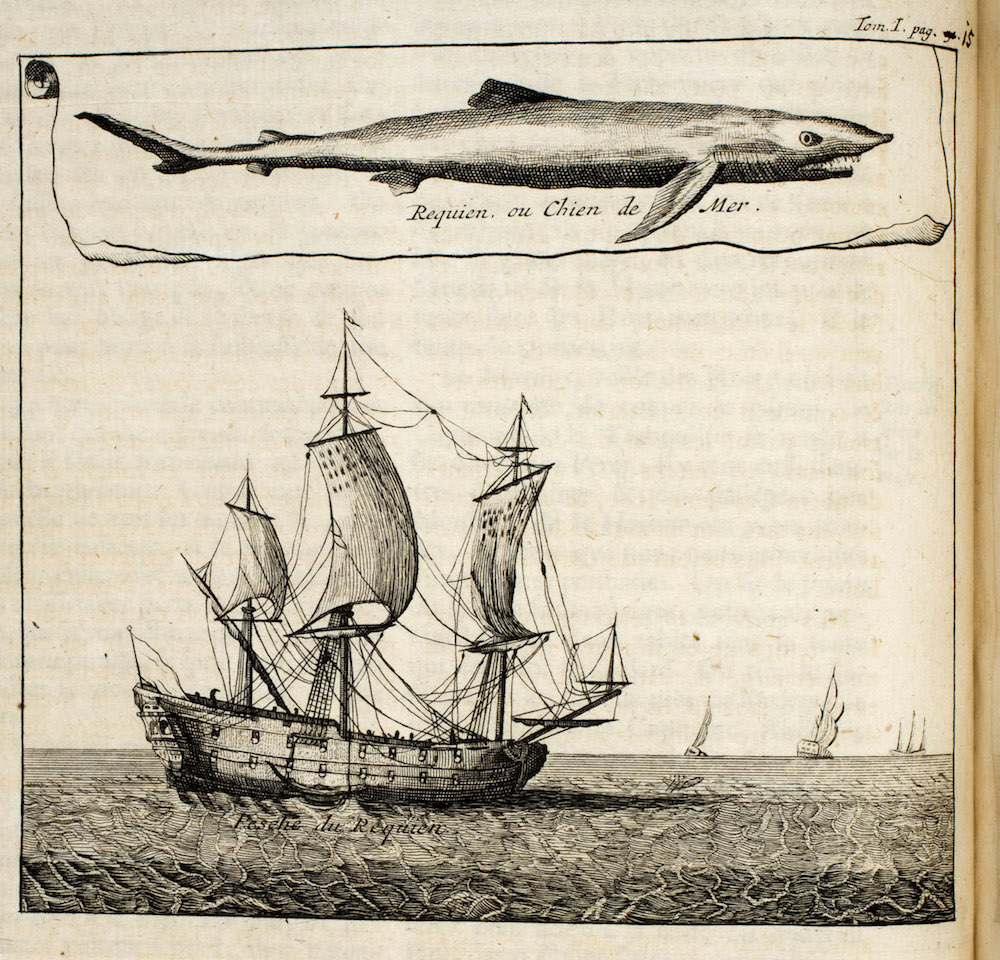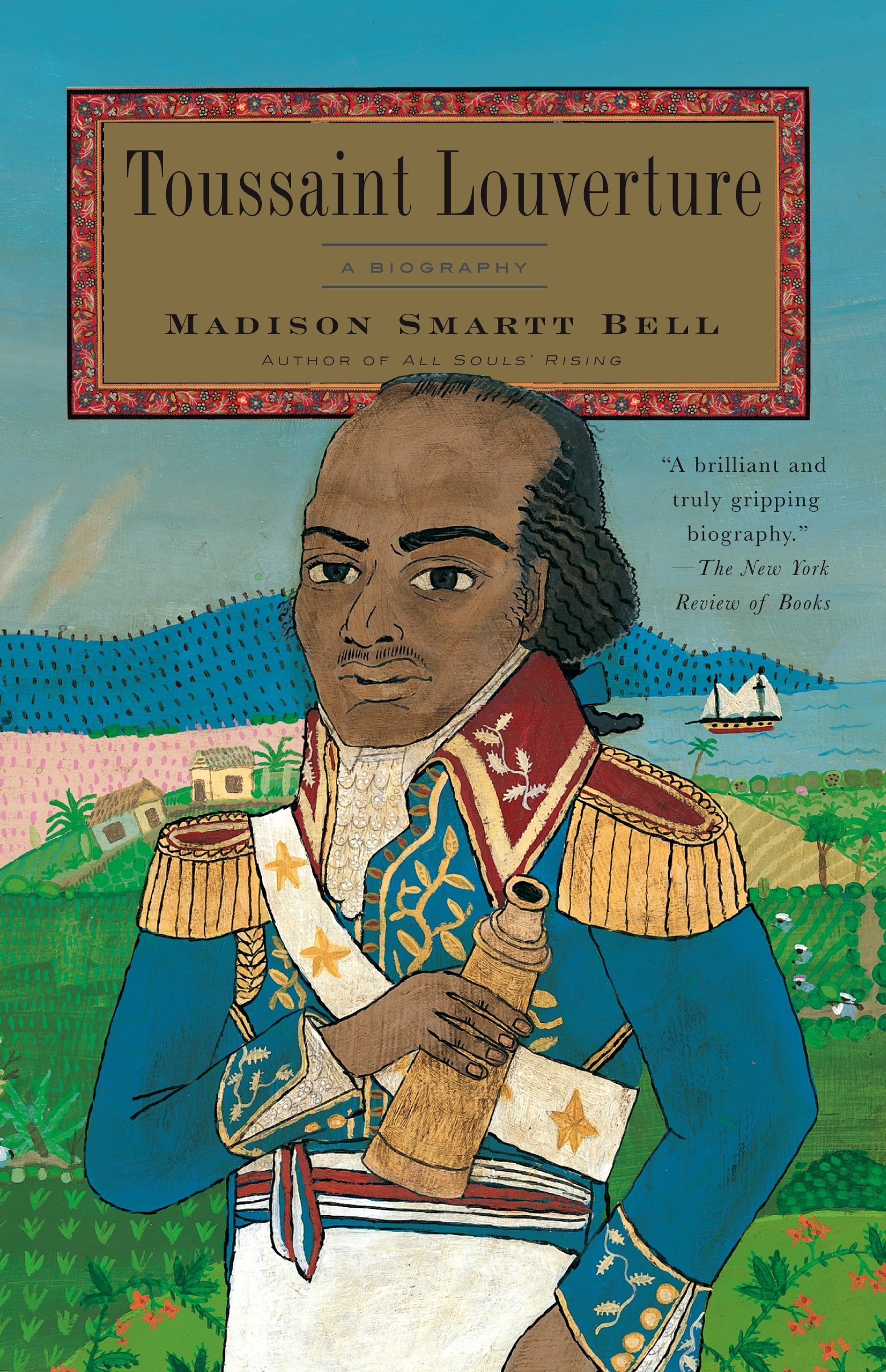
Richard Hakluyt and the English in America
Common-place asks Peter Mancall, whose Hakluyt’s Promise: An Elizabethan’s Obsession for an English America was recently published by Yale University Press, “What led you to turn from social history to biography in your study of English encounters in North America?”
At the start of my career I was concerned with the ways Englishmen and other Europeans established control over eastern North America and its indigenous peoples. Few commodities had a more lasting influence on this process than alcohol, and yet no historian had ever studied the interplay of alcohol and empire in any depth. I never could have imagined that I would follow my own attempt to understand that subject with the biography of a man who helped launch the English colonial enterprise but who never stepped foot in America.
Richard Hakluyt the younger, as he is usually known, became the most important promoter of the English colonization of North America in the late sixteenth century. Often confused with his older cousin of the same name, the younger Hakluyt rose to prominence not through any great act of heroism or by braving an Atlantic crossing. His life was marked instead by more prosaic achievements. He was a scholarship student at Westminster School, near the edge of the walled city of London, who then attended college at Christ Church Oxford where he received his B.A. in 1574 and an M.A. in 1577. He spent most of his adult life in London, Oxford, and Wetheringsett, a small village in rural Suffolk. He also lived in Paris during the 1580s, as a chaplain assigned to the English ambassador. Hakluyt had two opportunities to go to the Western Hemisphere, once to Newfoundland in 1583 and again as one of the first colonists bound for Jamestown. He declined both.
I found myself oddly drawn to this land-lubbing Englishman. Part of what attracted me was the possibility that biography—even biography of an English man who had never been to America—would help me better understand the initial encounter between the English and Native Americans. I thought that a focus on one person’s history might shed new light on the emergence of what was, as historians James Merrell and Colin Calloway have noted, a new world for both Indians and English.
So I turned to Hakluyt, one of Shakespeare’s contemporaries. He is best known now as the person who so inspired a group of Victorian imperial enthusiasts that they named a learned society after him. The Hakluyt Society, which remains a vigorous organization, seeks to emulate what Hakluyt himself did: to publish travel accounts for an English-reading audience. Most of the narratives printed by the society recount journeys that occurred after Hakluyt’s death in 1616, but all the texts are in the spirit of his original enterprise. He sought to inform an English-speaking audience about what existed far from Britain’s shores, in part because he hoped to convince his countrymen to begin building faraway colonies.
I went into this project not to explain why the English colonized North America—a subject I had treated in a brief edition of documents published in 1995 entitled Envisioning America—but instead hoping to show how the idea of colonization took hold in European minds during the late sixteenth century. I wanted to continue exploring the origins of one of the great tragedies in modern history—the demographic, economic, and social catastrophes that rocked Indian Country—from a new perspective. Some historians, such as the late Francis Jennings and David Stannard have argued that Europeans always intended to dominate the Western Hemisphere. Many of my students tend to agree with such a position: the disasters that befell indigenous nations would not have taken place had not unwelcome newcomers intended to dispossess them; any benevolent claims by Europeans about their intentions with respect to Native peoples were either cant, as Jennings had powerfully put it, or a tool to further the conquest of the Western Hemisphere.
It is unarguable that Europeans’ actions caused unspeakable trauma for Americans, as Europeans often called the indigenous peoples of what they labeled a “new world.” When Europeans arrived in the Americas, the immediate and long-term effects were horrendous. Many Americans succumbed to Old World infectious diseases; Europeans enslaved others and forced many to pay tribute; still others witnessed the expansion of European colonists across lands earlier dominated by indigenous peoples. The threats in Indian Country came in different forms: a smallpox microbe, a herd of unrestrained ungulates (hoofed mammals), a missionary bent on eradicating traditional beliefs, a group of soldiers willing to use violence to impose the terms of a treaty, a surveyor marking trees in advance of colonial settlers. Few indigenous communities escaped these threats.
But did the tragic consequences of colonialism spring from the original intent of Europeans or were they largely unexpected? Were they at the heart of colonizers’ plans or an unfortunate by-product? In seeking an answer to that question I began to pursue the life of Hakluyt, a man—as scholars have long argued—who played a central role in convincing the English to begin colonizing eastern North America.
In able hands, a biography can reveal much about a period that remains invisible in other kinds of historical works. Many of the greatest practitioners of our craft have used the lives of the famous, the infamous, or the obscure to reveal central tensions in specific eras. Set into their larger context, these individuals’ experiences show us how larger events unfolded and what they meant for participants. Historians of the Native American experience such as Merrell and Richard White have demonstrated that one promising way to understand the encounter between Natives and newcomers in eastern North America is to focus on questions of agency and contingency. Some imaginative scholars who reached the same conclusion have turned their attention to recreating the life stories of Natives; Camilla Townsend’s recent Pocahontas and the Powhatan Dilemma (2004), for example, offers a thoughtful study of perhaps the most famous North American of the seventeenth century. (As one measure of Pocahontas’s lasting celebrity try to imagine a Disney musical based on the life of Cotton Mather.)
I hoped that Hakluyt’s experience would enable me to understand and explain how the English came to embrace colonization. I was not the first person to recognize his importance. Though no one had produced a full-scale biography of Hakluyt—nor did I write one—others had investigated his writings with extraordinary care. Among them was the literary geographer George Bruner Parks, who in 1928 produced Richard Hakluyt and the English Voyages. Parks combed through Hakluyt’s major works, recognizing the deep intellectual connections between this Elizabethan and the Venetian geographer Giambattista Ramusio, and teased out of Hakluyt’s books a narrative about English overseas explorations. Even more important were the efforts of the historian David Beers Quinn. All early Americanists know of Quinn’s astonishing output; no other historian has written so widely on the English colonial experience in the sixteenth century. Working in an age before computers had revolutionized historians’ access to documentary evidence, Quinn apparently read everything related to the origins of English colonialism. Among his books is the two-volume The Hakluyt Handbook. Much of that work, published by the Hakluyt Society in 1974, summarized existing knowledge about Hakluyt and his intellectual community. At its heart was a year-by-year chronology of Hakluyt’s known activities. It is, in essence, the blueprint for a biography that Quinn never wrote.
This scholarship led me deep into Hakluyt’s own writings, which convinced me that the English never originally intended to eliminate Native Americans. To be sure, Elizabeth’s subjects, like other Europeans, wanted to reshape the landscape of North America. They planned to ship home abundant furs and minerals extracted from the American interior. They heard reports of Americans’ religious ideas and presumed that these would quickly give way to superior Christian beliefs. They argued that Americans would become eager consumers of English manufactured goods. They looked at maps and believed that laying claim to North America would bring glory to Queen Elizabeth and monarchs who succeeded her. English explorers assumed they would find the Northwest Passage and a quick route to the commercial opportunities of East Asia and the Spice Islands. Arrogance drove this vision. Hakluyt did not believe that colonists should emulate Indians nor did he entertain the idea that Europeans would find Americans’ ideas or beliefs superior to those of the Old World.
But Hakluyt never advocated the destruction of Native Americans. When he received reports of the epidemics that swept through Native societies, he believed what most Englishmen believed: God had afflicted Americans with diseases, and nothing could prevent divine will. This fact was something to be noted, not celebrated. Hakluyt did presume that the English would use force if Americans resisted the newcomers, but he also believed such resistance was unlikely. In contrast to the Spanish, whose alleged atrocities were widely documented in England, the English—so Hakluyt thought—would be civil and agreeable neighbors. Hakluyt did not live long enough to hear about the violence that eventually poisoned relations between Americans and colonists in eastern North America. It is impossible to know what he would have thought about the conflicts that erupted there during the seventeenth century.
Like the vast majority of indigenous peoples in the Americas, Hakluyt left only imperfect traces in the historical record. We know more about him than about many people of his age, of course. But basic details of his life—when and where he was born; what he looked like; what he thought about the loss of his first wife and his marriage to a second; why (as I suggest in the book) he shifted his attention late in life away from America and toward the Spice Islands; why he never went to North America when he had the chance—remain beyond our grasp, at least until someone finds a trove of new materials that has so far eluded detection.
Still, the traces Hakluyt left are compelling. The title of my book derives from one of Hakluyt’s most famous stories: his recreation in 1589 of the day he gained the inspiration for his life’s work. As he told the story, his older cousin waved a wand over a map and pointed out the parts of the world and then sent Hakluyt to Psalm 107 where he learned about the benefits of exploring the seas. At that moment Hakluyt resolved to study geography and to use that information for the benefit of the realm. I took Hakluyt’s resolution as a promise, which he made to himself and to the English-reading world. It was a promise about knowledge and a promise about the benefits of expansion. And it was a promise that Hakluyt largely fulfilled.
Hakluyt is not someone we usually think of as being part of the encounter between the peoples of the Atlantic basin. He may never have met a Native American face-to-face. But he was the architect of English colonial desires. Understanding his world enables us to know what colonizers had in mind when they first crossed the Atlantic and helps to explain the complicated origins of English America.
This article originally appeared in issue 7.4 (July, 2007).
Peter C. Mancall, professor of history and anthropology at the University of Southern California, is the director of the USC-Huntington Early Modern Studies Institute. In addition to Hakluyt’s Promise, his recent books include the edited volumes Travel Narratives from the Age of Discovery (2006) and The Atlantic World and Virginia, 1550-1624 (forthcoming in September 2007). He is also guest curator for the Huntington Library exhibit, “Jamestown at 400,” which is on view from July to December 2007.



